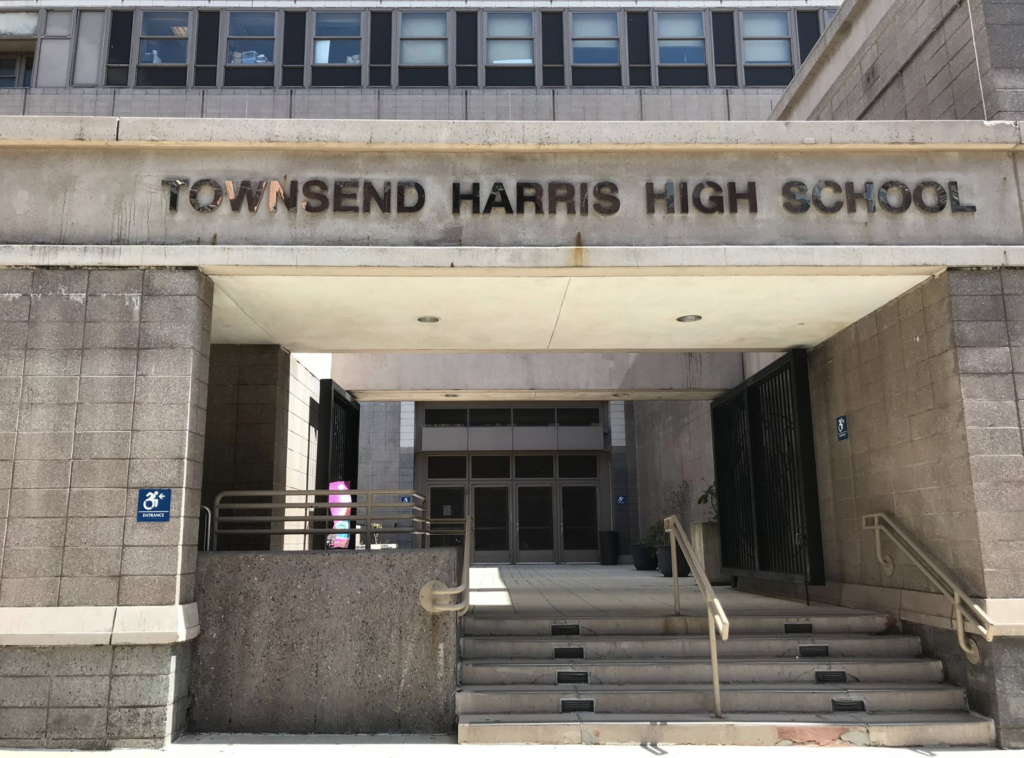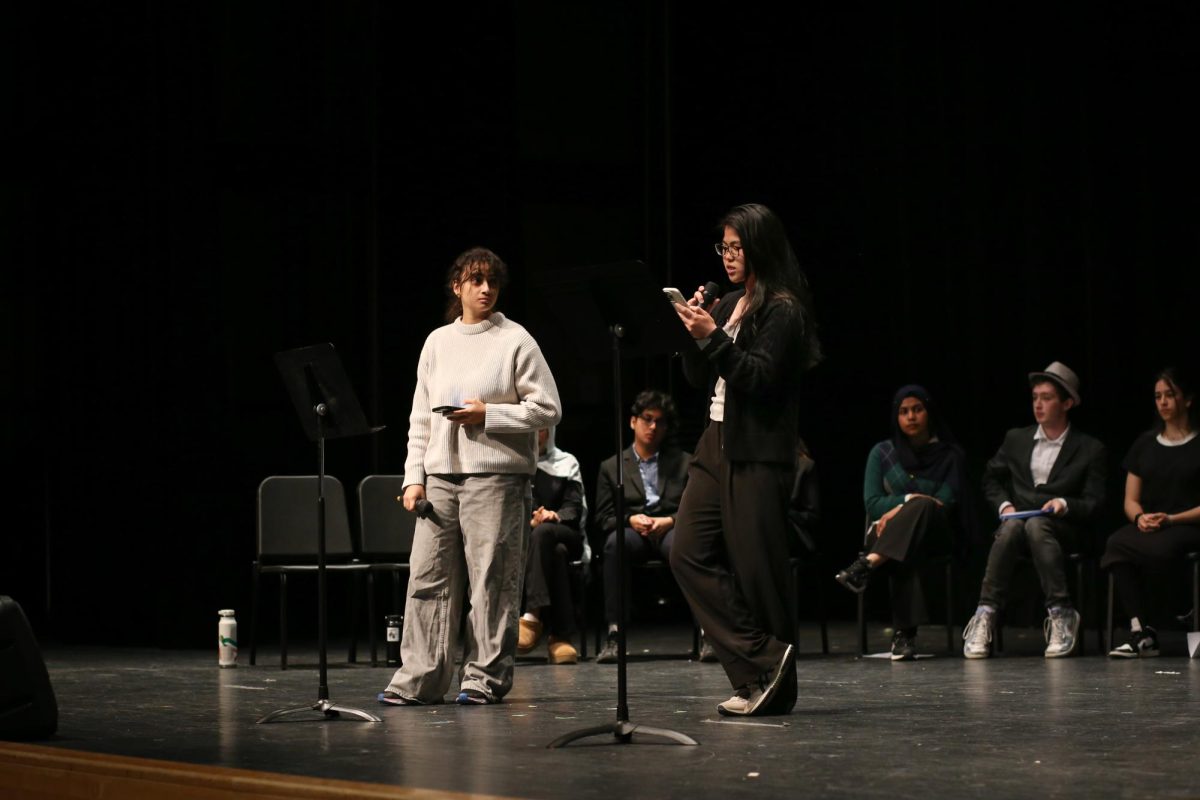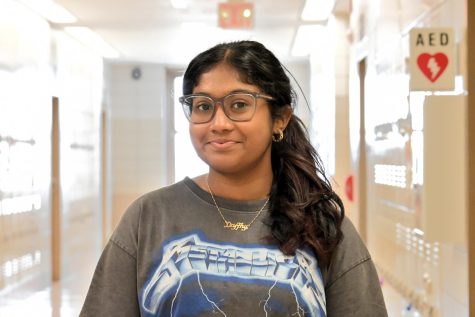
On November 19, New York City high schools transitioned from blended learning into a fully remote model following an increase in COVID-19 transmissions. However, NYC high schools are now scheduled to reopen on March 22, allowing full week in-person learning to begin for students who previously opted for blended learning. The NYC Department of Education gave students and teachers two school days to prepare for blended learning, which allowed for teachers to return to the school building today to organize their classrooms.
Only four percent of THHS’ 1,144 students will be returning to the school building for in-person instruction. Due to these low numbers, there will be no cohorts and students will attend school five days a week. In addition, all students learning in-person must provide consent for COVID-19 testing to return.
With students returning to their school buildings, the DOE has issued a new policy mandating that 20% of staff and students be randomly tested for COVID-19 on a weekly basis. Freshman Brynna Quigley stated that she is comfortable with this policy, as she already gets tested regularly. “It’s a good effort to keep everyone safe,” she said.
Geometry teacher David Morse, who will soon return to THHS in person, said, “THHS is creating a safe environment [and the school will be] following all the standard COVID protocols.” Geometry teacher Kevin Claesgens added that in order to keep his classroom safe for students, he plans to “open windows, keep students apart, [and] enforce masks.”
Yet many students expressed concerns that these safety measures aren’t enough. Junior Saad Ahmed said, “COVID is still too big of a risk for students. It’s not worth it.” Freshman Hira Malik agreed and said, “I feel like now is the time to be more careful than ever. The vaccine may be helping, but we shouldn’t set back progress.”
Some remote students shared that they would not want to go back to school even if given the opportunity. Many students are satisfied with having school virtually, as they find it much more manageable and risk free. Junior Sophia Elaine Quing said that going back to school for the full five days seems “straining and exhaustive.”
Some remote students said they feel that even if they may not need blended-learning, it is still vital for many families. Freshman Eduardo Calero explained that the plan is great for “kids who need a place to do their work, especially if they don’t have the resources at home.” Others felt that the return to school is necessary. Junior Christopher Gilson, said he feels that “remote learning is bad for our education, development, and mental health.” He also said the reopening plan will “give us some normalcy in our lives.”
Modern languages teacher Paola Sierra said, “In-person learning is better in terms of assessing a student’s performance more closely.” Mr. Claesgens, who has no preference for either learning model, said, “Whichever parents and students feel most comfortable with is best, [there is] no discernable difference between students in either model.”
Although some shared that they are optimistic about the future of reopening, others have shared that they have many concerns about how reopening will impact the state of the pandemic. Sophomore Arietta Xylas, who is unsure of how reopening will turn out, said, “Time will tell if this was the correct choice.”




























